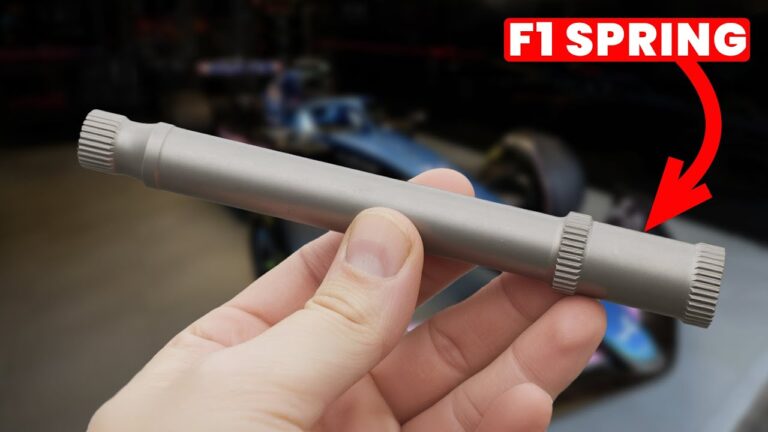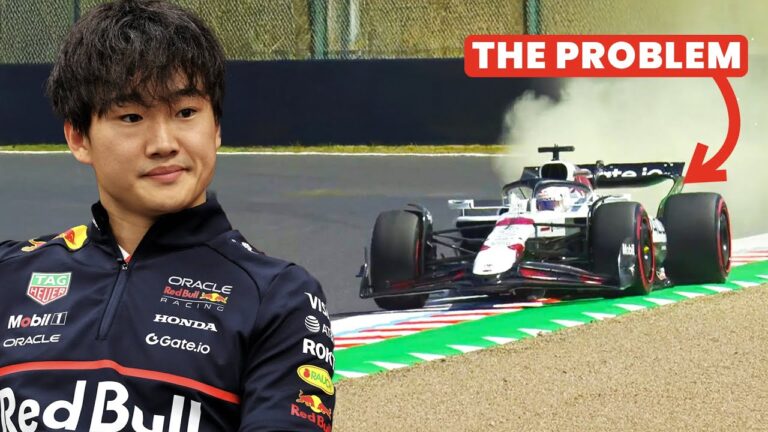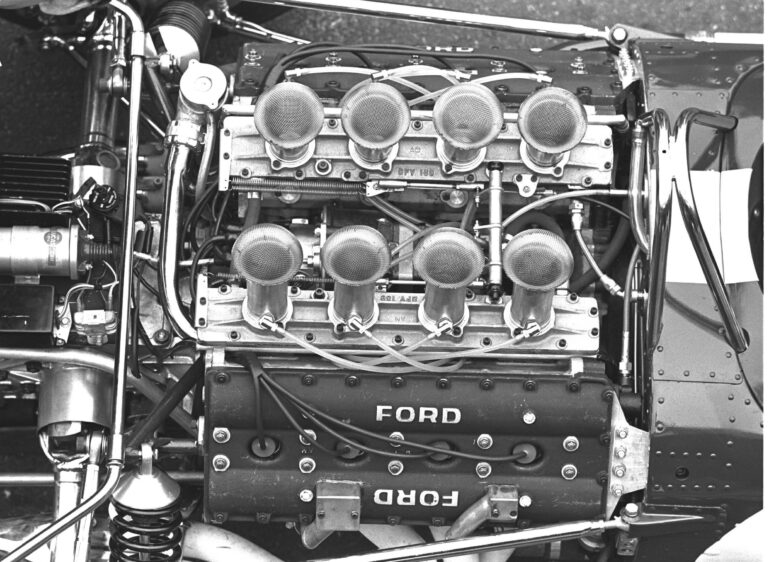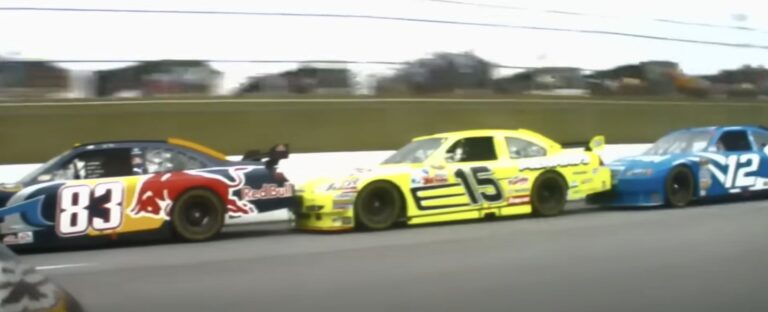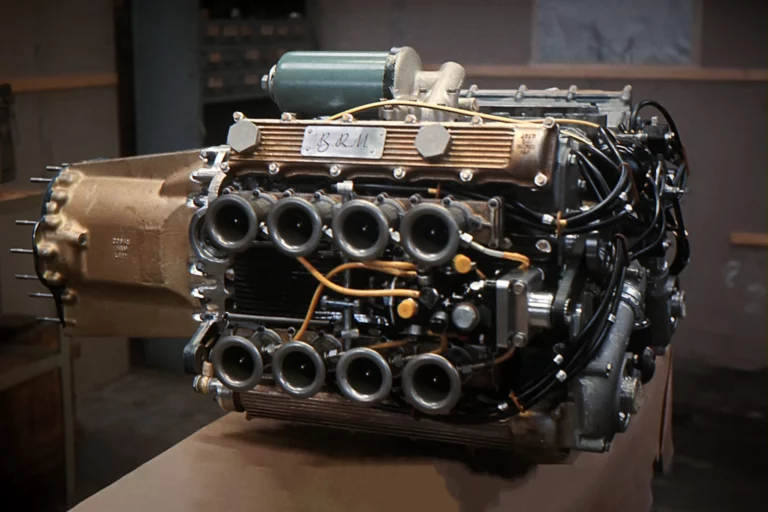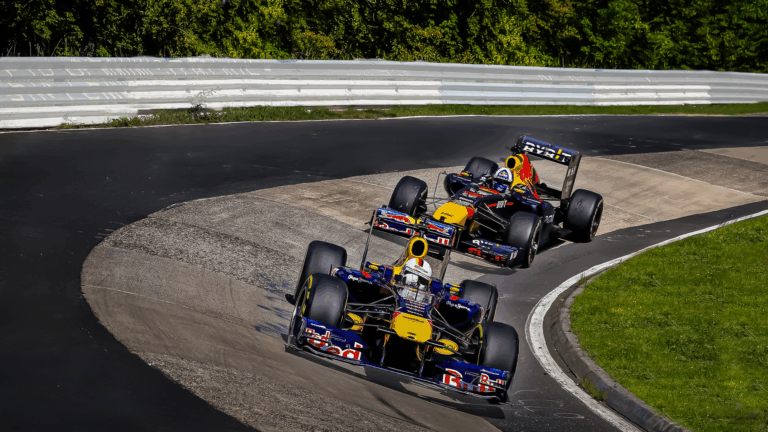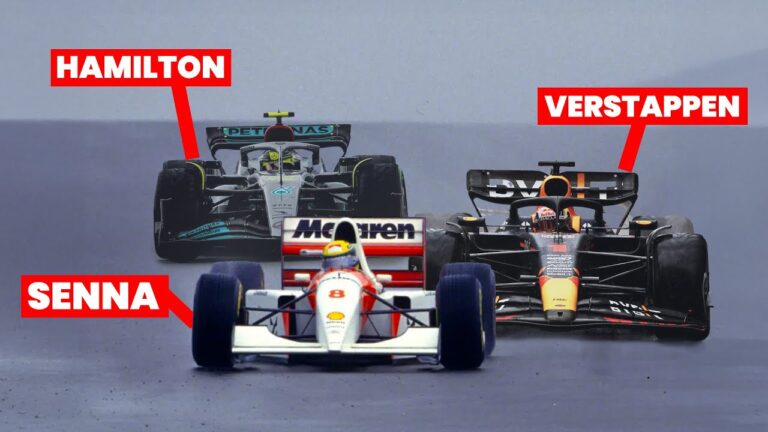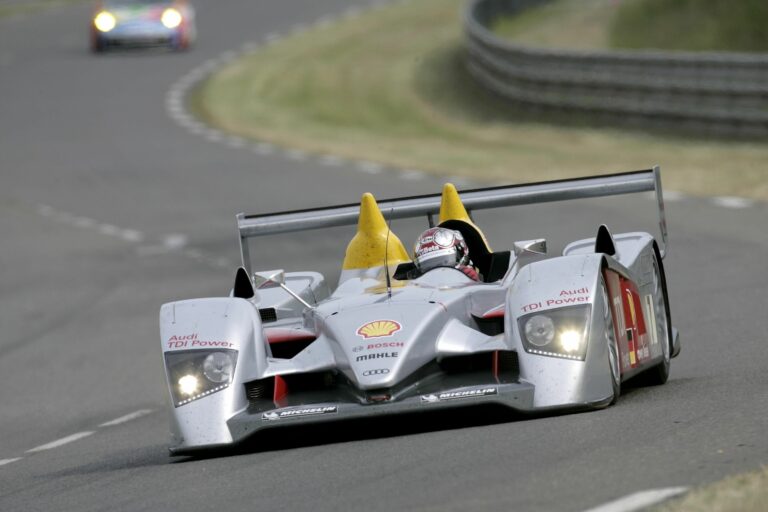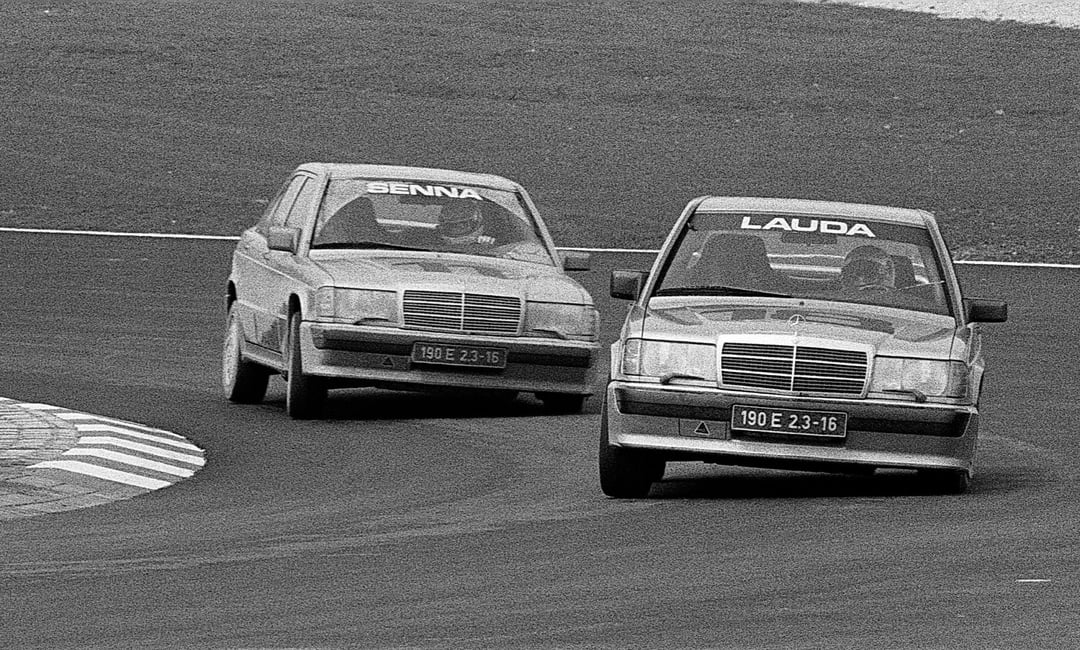
In motorsport, it’s rare to see drivers competing in identical cars, especially in Formula 1, where vehicle performance differences often make all the difference. But in 1984, a unique event called the Race of Champions brought some of the world’s top F1 drivers together in identical cars on the same track. It was a chance to truly measure skill – and Ayrton Senna took full advantage.
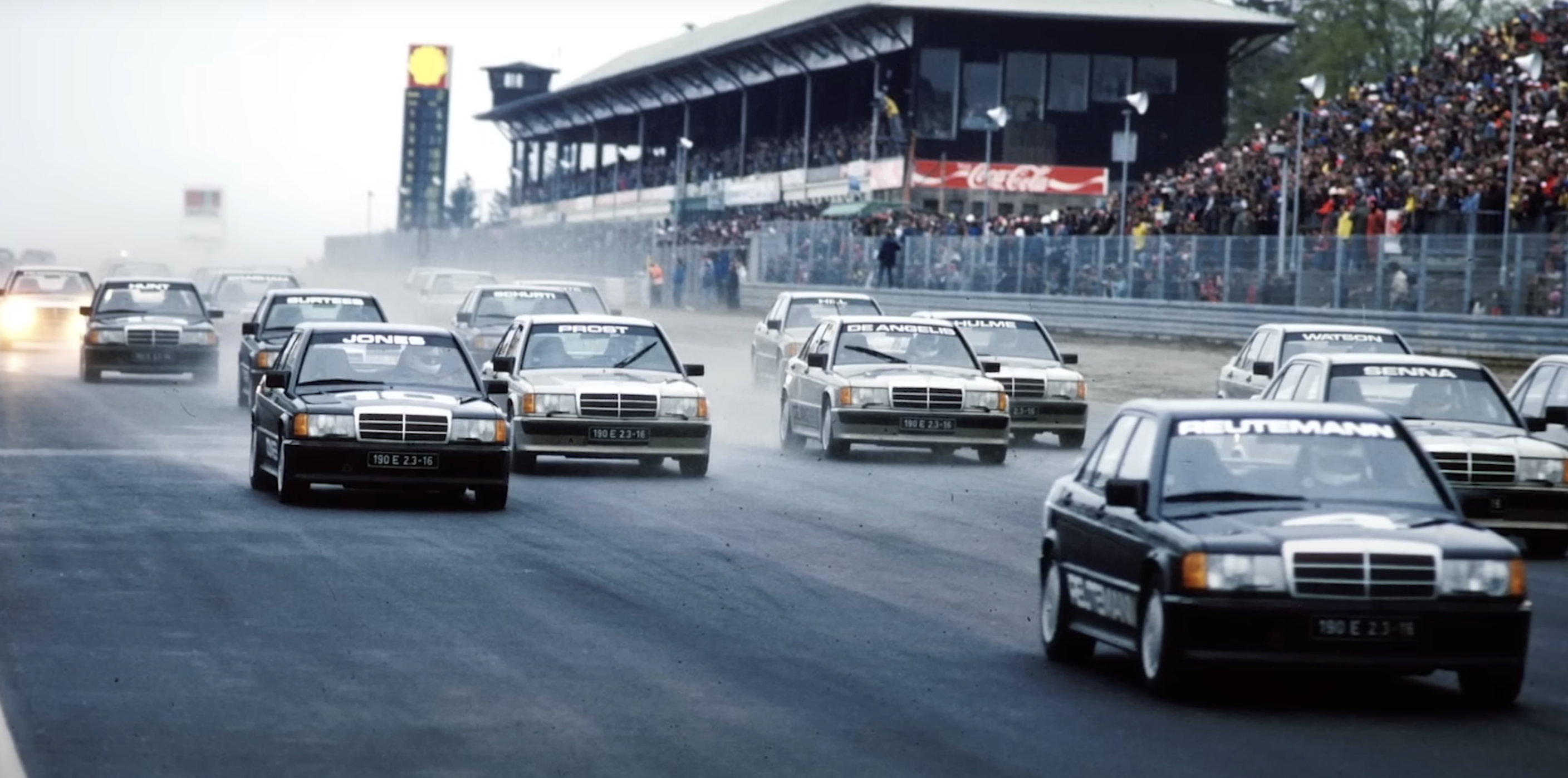
The Race of Champions: A Unique Setup
The 1984 Race of Champions, held at the Nürburgring’s new Grand Prix circuit, was a showcase event to celebrate the return of Formula 1 to the Nürburgring after a nearly decade-long absence. With the Nordschleife considered too dangerous following Niki Lauda’s crash in 1976, the new, safer circuit aimed to bring back the thrill without the high risk. Mercedes, a partner in the event, provided identical 190E 2.3-16 cars for the race. The cars featured modifications like roll cages, safety harnesses, lower gear ratios, and a more aggressive exhaust system, but were otherwise standard. Painted in either silver or blue, each car displayed its driver’s name for easy recognition.

A Star-Studded Grid
Mercedes invited 14 F1 world champions, including legends like Lauda, James Hunt, and Alain Prost. While some drivers couldn’t attend, the final grid was still packed with talent: nine world champions and additional F1 race winners filled the lineup. Emerson Fittipaldi recommended a young Ayrton Senna for the final slot, marking a significant moment in his career as he faced some of the best drivers in F1 history with just a few races under his belt.
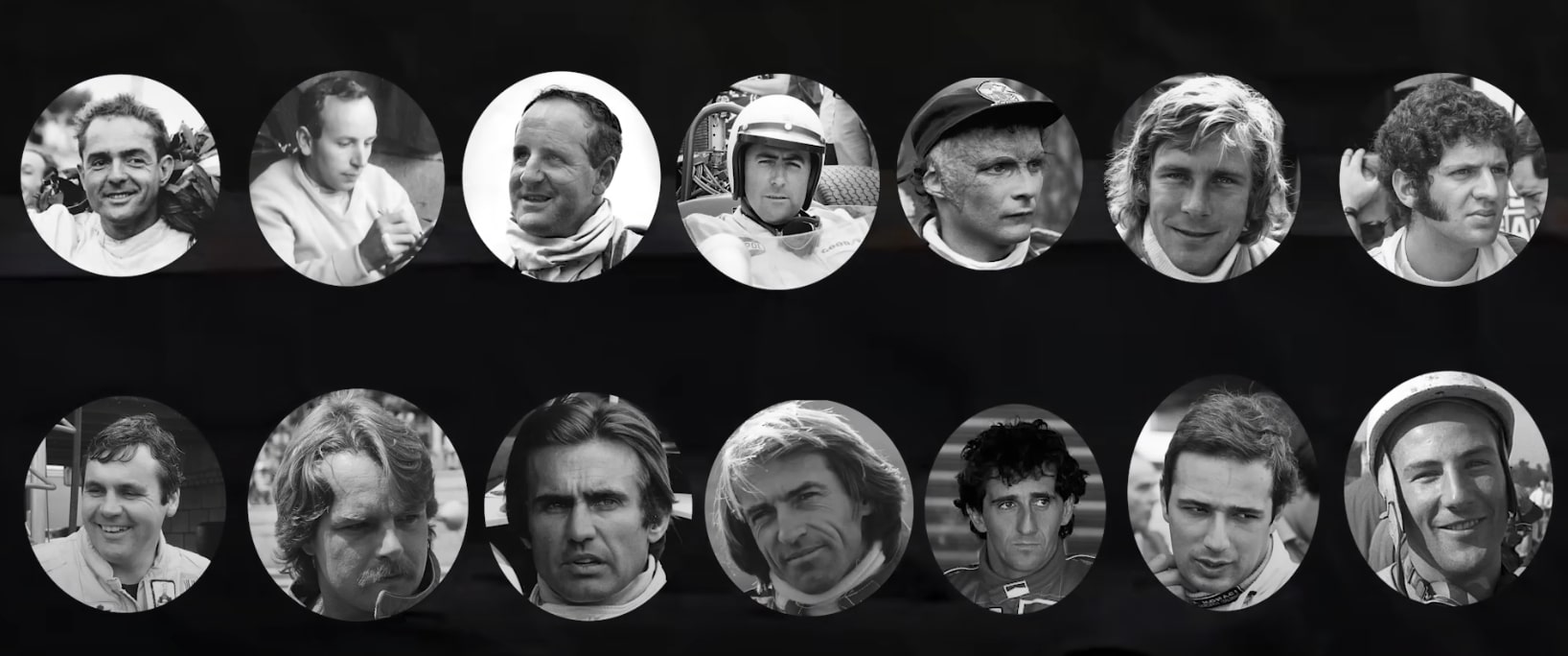
Senna’s Qualifying and the Race
Qualifying was a preview of things to come. While many expected a close spread given the identical cars, the times varied widely, with Senna showing impressive pace. He qualified third, while Lauda, hindered by TV commitments, started 14th. Despite his inexperience, Senna quickly made his mark. By the third lap, he had overtaken the frontrunners, including Prost, with an aggressive move that foreshadowed their future rivalry. While some drivers at the back took a more casual approach, cutting corners and joking around, Senna treated it like any other race, ultimately taking the checkered flag with ease after 12 laps.
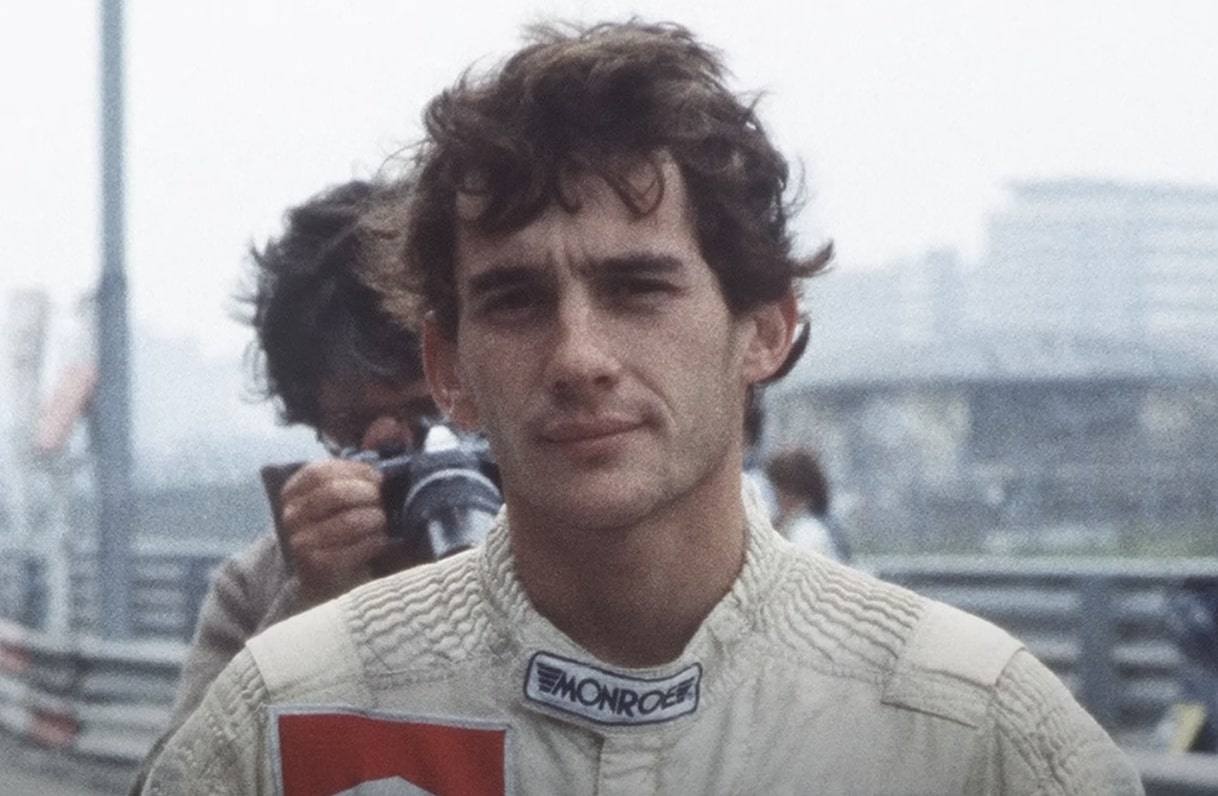
What Made Senna Stand Out?
Senna’s smooth, precise driving style allowed him to keep control without exceeding the car’s grip limits. In road cars like the Mercedes 190E, softer suspension makes aggressive driving and abrupt inputs more challenging. Senna’s ability to blend steering, braking, and throttle inputs demonstrated an impressive understanding of the car’s balance. His smoothness and consistency enabled him to harness the car’s full potential, unlike other drivers who struggled to control slides and lost time.
In one scene, Senna’s line through a corner was perfectly smooth, while the drivers trailing behind hit curbs, causing their cars to wobble. This level of control and adaptability showed how Senna was able to extract every bit of performance from the Mercedes.
A Driving Masterclass
Senna’s performance was a testament to his adaptability and technical skill. In the pre-telemetry era, drivers had to rely solely on feel, making his precise approach even more impressive. The Race of Champions gave the world a glimpse of Senna’s potential, helping him capture the attention of larger F1 teams. This victory not only showcased his skill but also foreshadowed a career where his technical brilliance and intense focus would redefine the sport.
For a closer look at Senna’s unique driving techniques, check out our video on his throttle blipping and precision driving here.




